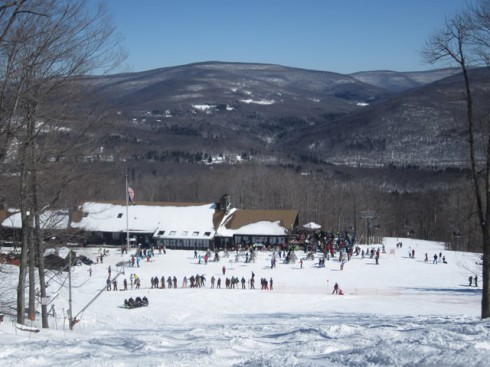Would the Belleayre Resort Be Too Big?
Upstater | May 31, 2013As many of you know, there’s a proposal by Crossroads Development to create a village on Belleayre Mountain, a five-star resort with “120 hotel units, 96 other lodging units, a world-class spa which will include medical spa services, and food and beverage facilities,” according to the Belleayre Resort’s website. But that’s not all. “The family-oriented Wildacres Hotel will feature 250 hotel units, 163 other lodging units, a conference center, food and beverage facilities and a Wilderness Activies [sic] Center. The Wildacres Hotel will also feature an 18-hole public, championship golf course.”
If you’ve driving down Route 28 in the Catskills lately, you know that there are some incredibly vibrant businesses along it, and some, like the Phoenicia Diner, that have recently reopened. But there’s a lot of economic pain along the corridor, too, with plenty of shuttered spaces. So, economic development in the area is sorely needed.
That doesn’t mean everyone’s on board with this vision for the ski resort. An editorial in the Albany Times-Union says that the vision is big, yes, but “…bigger won’t serve the public interest better. The resort Crossroads proposes would be the equivalent of a whole new town on the mountain, covering more land than nearby Phoenicia, with about as many housing units as the neighboring hamlets of Pine Hill and Fleischmanns combined,” they write. “It would clear-cut and regrade steep slopes and ridge-tops, worsening local flooding and threatening the Pepacton Reservoir. It would require the state to buy the developer’s land and build trails and lifts on it, subsidizing ski-in/ski-out capability for the private resort’s guests at public expense.”
They nod to an alternate plan, one outlined by the Department of Environmental Conservation that would “expand Belleayre’s trails roughly as much as the full build-out proposal, adding expert ski terrain in Cathedral Glen, but using land that the state already owns,” they write. “This approach could still provide new high-speed lifts, energy-efficient snowmaking facilities, and satellite lodges up the mountain.”
The thing it wouldn’t do: subsidize the developer. But would it be bold enough to create lasting economic change in the region? Is there a way to make something environmentally sensitive and economically viable?
Read On, Reader...
-
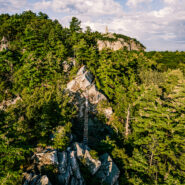
Jaime Stathis | February 15, 2024 | Comment The Hudson Valley’s First Via Ferrata at Mohonk Mountain House
-
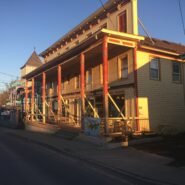
Ryan Keegan | November 28, 2023 | Comment Hunter, NY: Full Circle
-
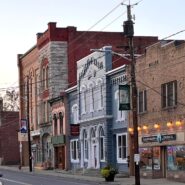
Ryan Keegan | October 17, 2023 | Comment Ellenville’s Next Chapter
-
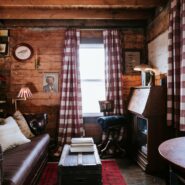
Joan Vos MacDonald | September 28, 2023 | Comment The Reinvisioned Livingston Manor Fly Fishing Club

